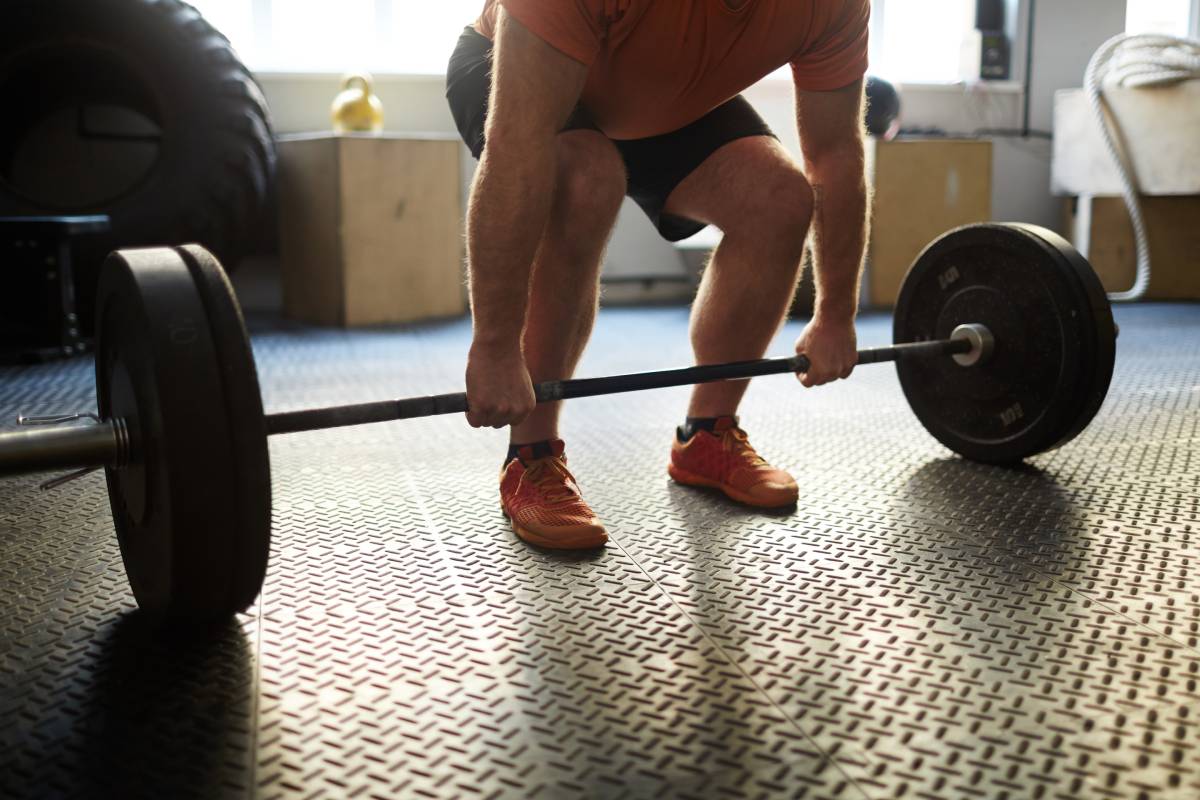Dealing with back pain can be a real challenge, affecting our daily lives and well-being. Whether you’re exploring the potential relief from running, searching for effective exercises to ease the discomfort, or being cautious about movements that might worsen the pain, finding the right approach is key.
In this exploration, we’ll break down these topics in simple terms, providing insights that are easy to grasp and, most importantly, actionable for a healthier back.
Does running help you relieve back pain?
Back pain is a common ailment that affects people of all ages and backgrounds. Whether it’s caused by sitting for long hours, poor posture, or muscle strain, finding effective ways to alleviate discomfort is crucial. Surprisingly, if you don’t want to or it’s not easy to find a Thai massage parlour, one potential solution may lie in a simple and accessible activity: running.
Understanding Back Pain
Before delving into the benefits of running, let’s briefly understand back pain. The back is a complex structure comprising bones, muscles, ligaments, and discs. When any of these components experience stress or injury, it can lead to discomfort. Common culprits include poor posture, sedentary lifestyles, and muscle imbalances. Seeking relief often involves a combination of lifestyle changes, exercises, and sometimes medical intervention.

The Mechanics of Running
Running engages various muscle groups, promoting strength, flexibility, and overall fitness. As you run, your core muscles, including those in your abdomen and lower back, work in harmony to stabilize your spine. This engagement not only strengthens these muscles but also improves posture, a key factor in preventing and alleviating back pain.
Endorphins and Pain Relief
Engaging in physical activity, such as running, triggers the release of endorphins – the body’s natural feel-good hormones. These endorphins act as natural painkillers, reducing the perception of pain and promoting an overall sense of well-being. So, not only does running address the physical aspects of back pain, but it also contributes to a positive mental state that can aid in pain management.
Improved Circulation and Healing
Running promotes better blood circulation throughout the body, including the spine. This enhanced blood flow delivers vital nutrients and oxygen to the affected areas of the back, fostering healing and recovery. Additionally, improved circulation helps flush out toxins and reduce inflammation, which are common contributors to back pain.
Caution and Considerations
While running can be beneficial for many individuals with back pain, it’s essential to approach it with caution, especially if you’re a beginner or have pre-existing health conditions. Consult with a healthcare professional before starting a running routine, and pay attention to your body’s signals. Start gradually, focusing on proper form and technique to minimize the risk of injury.
Alternate Options
If running isn’t suitable for your condition or preferences, there are alternative low-impact exercises that can also contribute to back pain relief. Swimming, walking, and cycling are excellent options that provide cardiovascular benefits without the impact associated with running.
Back pain can be a real showstopper, affecting people from all walks of life. The good news is that incorporating the right exercises into your routine can make a significant difference in managing and alleviating back pain. In this guide, we’ll explore simple and effective exercises that are easy to do and can contribute to a healthier, pain-free back.

- Pelvic Tilts: Lie on your back with your knees bent. Gently tilt your pelvis upward, engaging your core. Repeat for 10-15 reps.
- Cat-Cow Stretch: Start on your hands and knees. Arch your back upward like a cat, then dip it down like a cow. This gentle stretch promotes flexibility and alleviates tension in the spine. Repeat for 10 cycles.
- Child’s Pose: Kneel on the floor, sit back on your heels, and extend your arms forward. This yoga-inspired pose stretches your lower back, promoting relaxation and flexibility. Hold for 30 seconds to a minute.
- Bridges: Lie on your back with your knees bent. Lift your hips toward the ceiling, engaging your glutes and core. This exercise strengthens the lower back and buttocks. Aim for 3 sets of 10-15 reps.
- Partial Crunches: Lie on your back with your knees bent. Gently lift your head and shoulders off the ground, engaging your abdominal muscles. This targets the core without straining your back. Perform 10-15 reps.
- Swimming: While lying on your stomach, lift your right arm and left leg off the ground simultaneously, then switch. This exercise promotes balance and strengthens the back muscles. Aim for 3 sets of 10 reps on each side.
- Walking: A simple yet effective exercise, walking improves circulation and engages core muscles. Start with short walks and gradually increase the duration. Aim for at least 30 minutes most days of the week.
- Water Aerobics: Water provides buoyancy, making aerobics easy on the joints. Water exercises strengthen the entire body, including the back. Join a water aerobics class or perform simple movements in the pool for 20-30 minutes.
Remember, before starting any exercise program, consult with your healthcare provider, especially if you have pre-existing conditions. Start slowly, listen to your body, and gradually increase intensity. Consistency is key, so make these exercises a regular part of your routine to build strength, flexibility, and resilience against back pain.
When grappling with back pain, it’s crucial to approach exercise with caution. While staying active is essential for overall health, certain exercises can exacerbate back discomfort and hinder your recovery. In this guide, we’ll highlight exercises to steer clear of to protect your spine and promote a pain-free lifestyle.

- Toe Touches: Bending forward to touch your toes can strain your lower back, especially if you have tight hamstrings. Instead, opt for gentle stretches that target your hamstrings without putting excessive stress on the spine, such as seated hamstring stretches or standing hamstring curls.
- High-Impact Cardio: Activities like running or high-impact aerobics can jolt the spine and worsen back pain. Consider low-impact alternatives like walking, swimming, or cycling. These exercises provide cardiovascular benefits without subjecting your spine to excessive shocks.
- Sit-Ups and Crunches: Traditional sit-ups and crunches can strain the back by placing undue pressure on the spine. Choose core exercises that engage your abdominal muscles without requiring a full sit-up, such as pelvic tilts or partial crunches.
- Leg Press Machines: Leg press machines, especially when loaded with heavy weights, can compress the spine. Opt for alternative exercises like bodyweight squats or lunges to strengthen your legs without putting unnecessary stress on your back.
- Heavy Deadlifts: While deadlifts are excellent for overall strength, heavy lifting without proper form can strain the lower back. If you enjoy deadlifts, focus on lighter weights with proper technique or switch to alternative exercises like bridges or partial squats to target the same muscle groups without the risk.
- Full Body Twists: Twisting motions can strain the spine, especially if done abruptly or with added resistance. Instead, opt for gentle stretches that promote spinal flexibility, such as the cat-cow stretch or seated spinal twists with controlled movements.
- Deep Squats: Deep squats, especially with heavy weights, can place excessive strain on the lower back and knees. Modify your squat depth and consider using lighter weights to reduce the load on your spine. Wall squats or chair squats are alternative options that provide similar benefits with less risk.
- Overhead Shoulder Press: Lifting weights overhead can strain the back and shoulders. Consider alternatives like lateral raises or front raises to work your shoulder muscles without the added pressure on your spine.
Conclusion
In the journey towards a pain-free back, understanding the connection between running and back pain relief offers a promising avenue. Additionally, embracing simple yet effective exercises can be a game-changer, providing a foundation for strength and flexibility. Equally important is steering clear of exercises that might exacerbate back pain.
Remember, consult with professionals, listen to your body, and make choices that contribute to your well-being. Cheers to a healthier, happier back!







